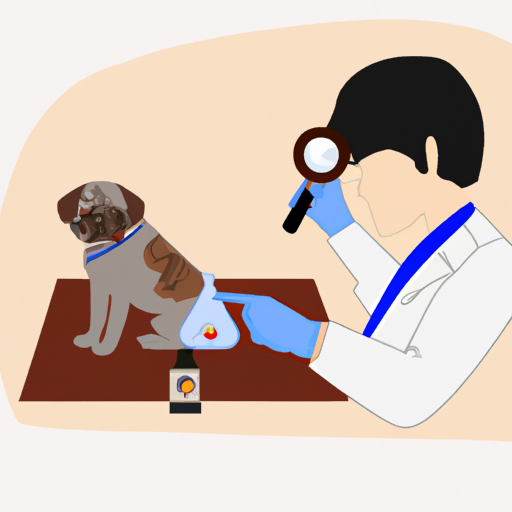Introduction
If you’re a caregiver to a furry friend, you’re well aware that your dog’s health is a top priority. Yeast infections in dogs can be a common, yet uncomfortable condition. It’s important to recognize the signs and know how to treat this condition effectively. This guide will walk you through identifying, treating, and preventing yeast infections in dogs.
Recognizing the Signs of a Yeast Infection
Yeast infections in dogs commonly affect the ears, paws, and skin folds. Here are some signs to look out for:
- Persistent scratching
- Redness and swelling
- Unusual odor
- Changes in behavior, such as increased irritability
- Discharge or crusty residue in the ears
Keep in mind, these symptoms can also be signs of other health issues, so it’s important to consult with a veterinarian for a proper diagnosis.
Treating Yeast Infections
Once your vet has confirmed a yeast infection, the following steps can be taken for treatment:
-
Medicated Baths: Washing your dog with medicated shampoos can help kill the yeast and soothe your dog’s skin. This should typically be done once or twice a week.
-
Topical Creams: Your vet may prescribe a topical cream or ointment to be applied to affected areas.
-
Oral Medication: In severe cases, oral antifungal medications may be necessary.
-
Ear Drops: If the ears are infected, medicated ear drops can help.
Here is a short table to help you understand the treatment options:
| Treatment Type | Frequency | Duration |
|---|---|---|
| Medicated Baths | Once or twice a week | Until infection is resolved |
| Topical Creams | As directed by vet | Until infection is resolved |
| Oral Medication | As directed by vet | Until infection is resolved |
| Ear Drops | As directed by vet | Until infection is resolved |
Preventing Future Yeast Infections
Preventing yeast infections can be as simple as maintaining a good hygiene routine. Here are some tips:
- Regularly clean your dog’s ears and paws
- Keep your dog dry and clean
- Maintain a healthy diet
- Regular vet check-ups
When to Seek Veterinary Help
If your dog’s symptoms persist despite home treatment, or if they become worse, it’s time to seek professional help. Your vet can provide a more aggressive treatment plan and monitor your dog’s progress.
FAQs
Q: Can I use human antifungal cream on my dog?
A: It’s best to consult with your vet before using any human medication on your dog.
Q: Can yeast infections spread to other pets?
A: While yeast infections are not typically contagious, it’s possible if your pets share bedding or grooming tools.
Q: How long does it take for a yeast infection to clear up?
A: With proper treatment, yeast infections usually clear up in one to two weeks.
Remember, your role as a caregiver is crucial in your dog’s health. With proper care and attention, you can ensure your furry friend stays happy and healthy.



